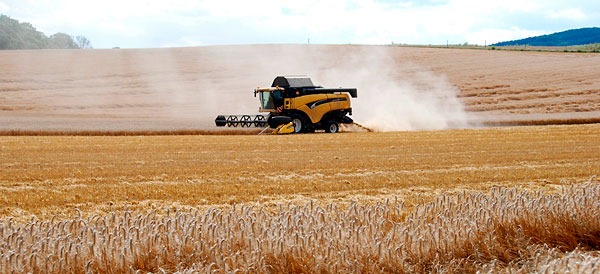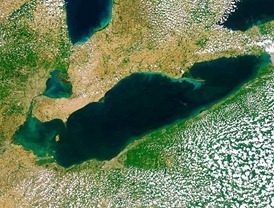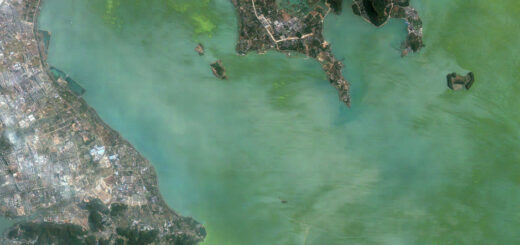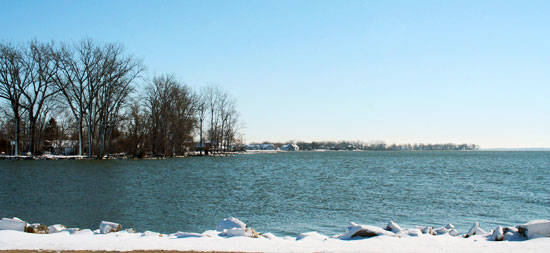New study recommends strategies to regulate farm runoff
0
Regulations for agricultural runoff aren’t effective enough, primarily because they’re not mandatory, according to a new report.
The study, “Cultivating Clean Water: State-Based Regulation of Agricultural Runoff Pollution,” was formed by the Environmental Law and Policy Center and Mississippi River Collaborative. It investigates the actions some states have taken to control the runoff pollution from agricultural sites.
Agricultural runoff can present an immense danger to water quality across the nation. The 1992 Natural Resources Inventory revealed that cropland makes up about 382 million acres in the contiguous United States, Hawaii, Puerto Rico, and the U.S. Virgin Islands. This alteration of land often wreaks havoc on the previous equilibrium. Pesticide and nutrient runoff from crop lands (namely nitrogen, phosphorus, and potassium) can leach into the ground water and reach lakes, rivers, streams, and other surface waters. These nutrients can contaminate the water and feed harmful algal blooms, leading to oxygen-depleted dead zones.
The report indicated there are five strategies states should require, stating that they’re “readily adoptable, relatively straightforward agricultural processes,” and noting they’re “basic, common-sense practices that should be followed by all agricultural operations.”
The five strategies are:
- Utilizing vegetative buffers consisting of perennial grasses or forages
- Restricting how close to water bodies crops can be
- Preventing the use of manure on snow-covered ground
- Keeping cattle from streams using means such as fences
- Prohibiting applications of commercial fertilizers that contain nitrogen in the fall, when most nitrogen simply runs off into surface waters because soil is too cold to absorb it
Cultivating Clean Water: State-Based Regulation of Agricultural Runoff Pollution [Environmental Law and Policy Center] Image Credit: http://www.sxc.hu/profile/hisks













